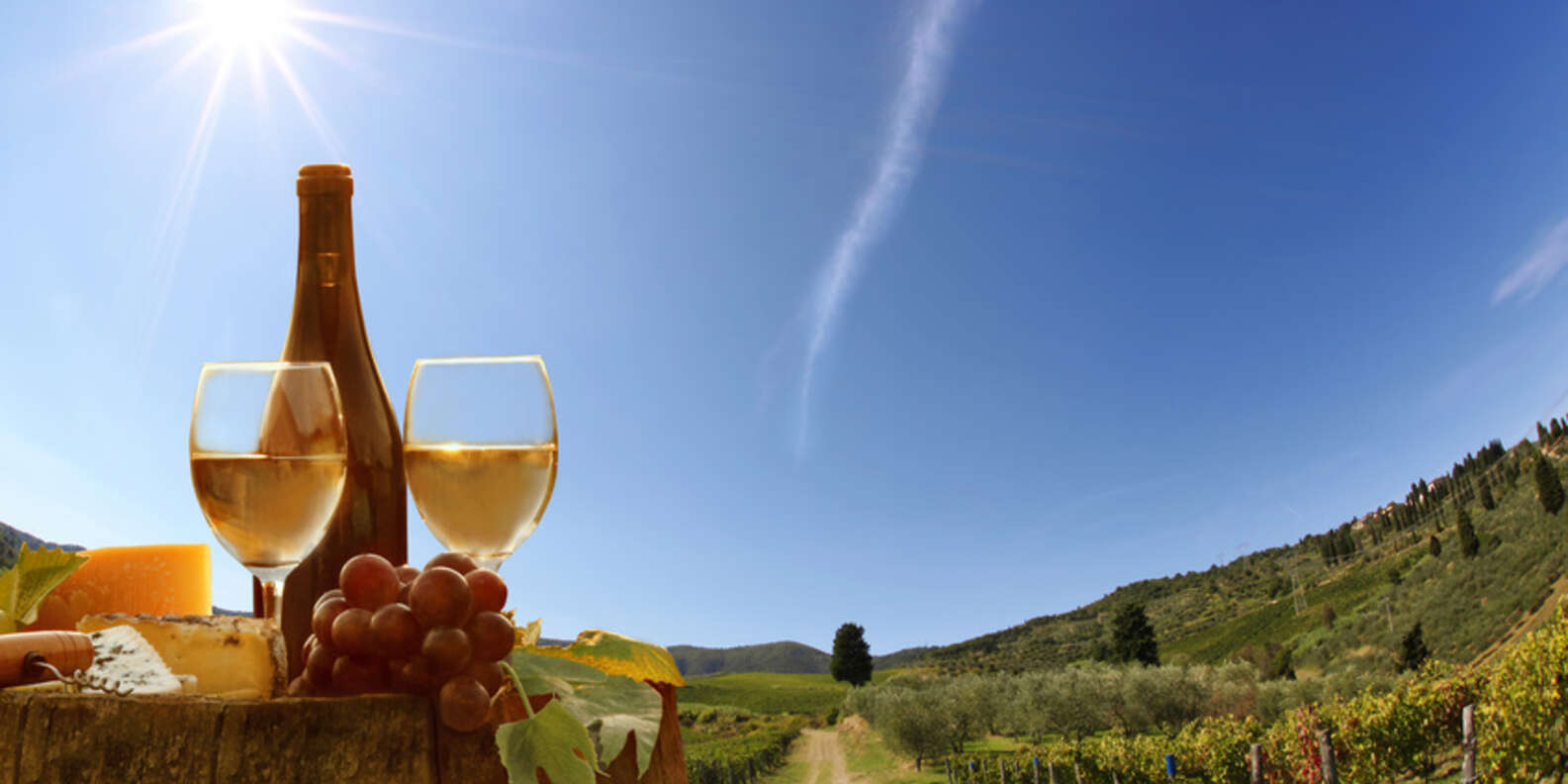Handling a Wine like Chianti Clasico by Understanding its History!
The story of Chianti Classico can be traced back to the Middle Ages when a blend of wine was produced from grapes grown in this area. The first documentation dates back to 1872 and describes a wine-making tradition still very much alive today.
For wines belonging to the DOCG classification “Chianti Classico” to be labelled with this name, they must come from the following sub-zones: Rufina, ColliArentini and CollinePisane. The Chianti Classico DOCG is produced primarily (minimum 85%) in the communes of Castellina Marittima, Gaiole in Chianti and Radda in Chianti.
What does DOCG mean?
Docg is an acronym for Denominazione di originecontrollata e garantita. Translated from Italian to English, it means controlled designation of origin and guaranteed. There are several other acronyms that you will see on a wine label, such as DOP, which stands for Denominazione di OrigineProtetta (Protected Designation of Origin) and IGT, which is an acronym for IndicazioneGeograficaTipica (Typical Geographic Indication).
What are some things you can expect from tasting this wine?
Chianti Classico is known for its elegance, balance and structure. Flavours that are commonly found in this wine include raspberry, cherry, dried fruit and leather. In addition, you can expect to taste flavours of dark chocolate with a hint of oak at the finish.
How is Chianti Classico made?
Chianti Classico must be produced from 100% Sangiovese grapes. The alcohol content must be between 13-14.50% and is aged in oak barrels for at least 24 months.
How should you serve this wine?
Chianti Classico can be served with pasta, meat dishes such as beef stew or mixed grilled meats and cheese plates. This type of wine also pairs well with hard cheeses like Parmesan Reggiano and Asiago. buy chianti Classico on your next visit to a winery!
What else should you know?
Chianti Classico is a very food-friendly wine that has great ageing potential with proper cellaring techniques. The flavours of this Italian red tend to get better with age, so it is best enjoyed between the ages of three and five years after tasting!
In conclusion, Chianti Classico is a strong wine with high tannin levels, good ageing potential and an elegant structure. It pairs well with food but also can stand on its own as an after-dinner drink!


